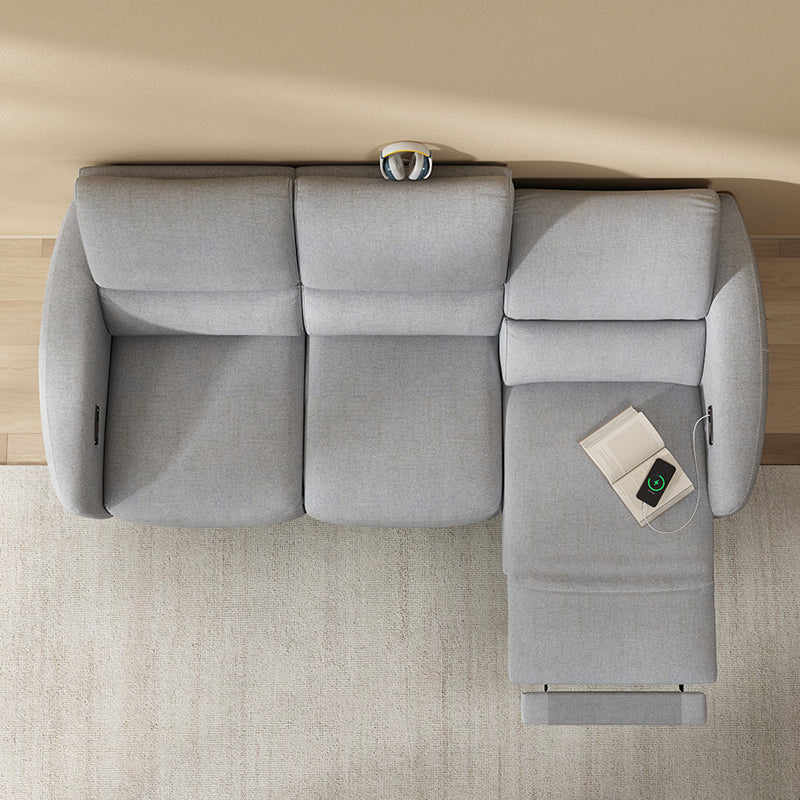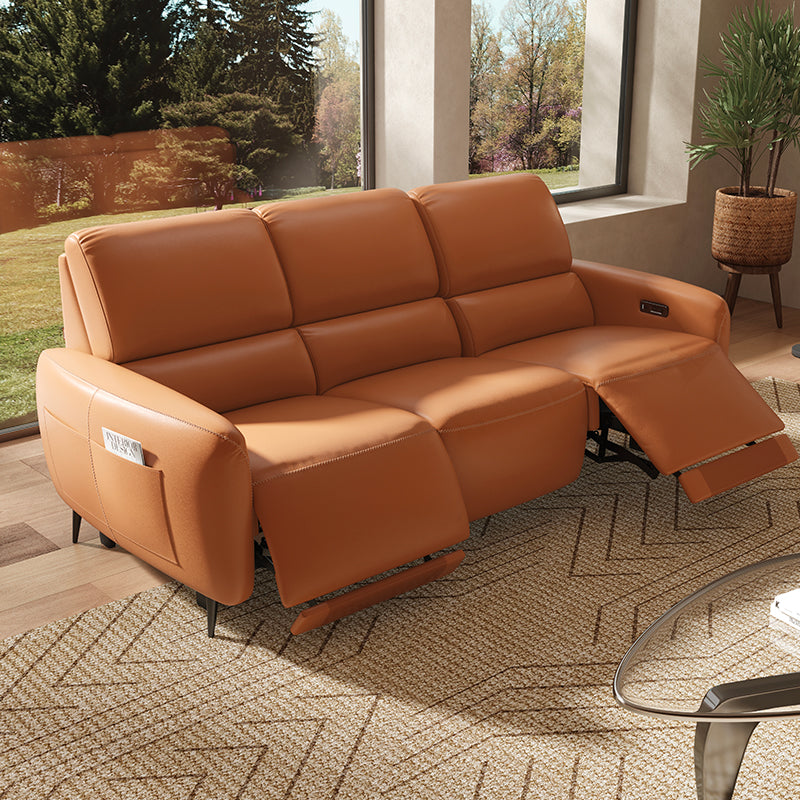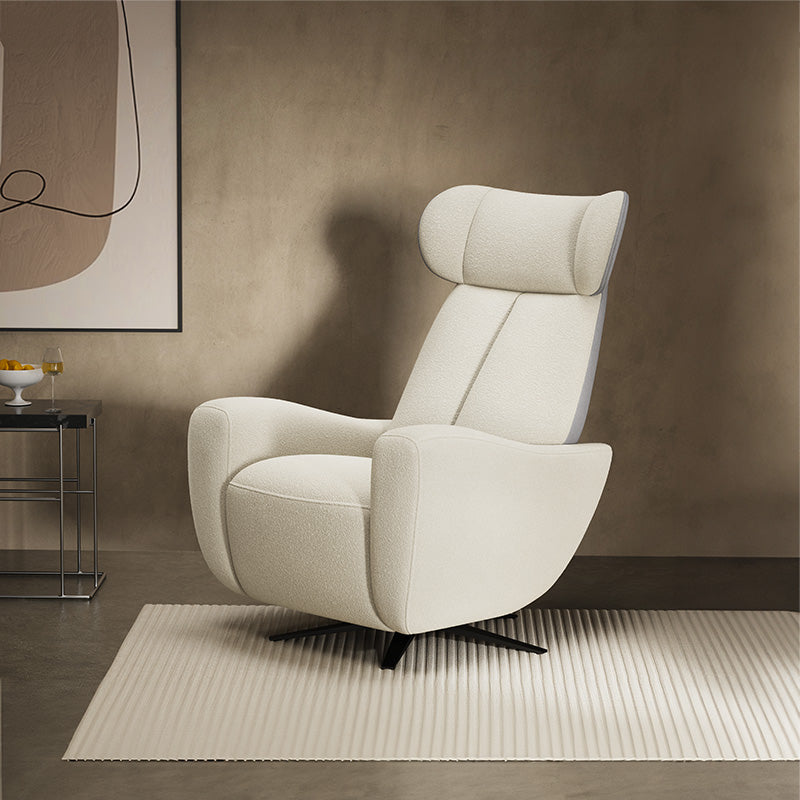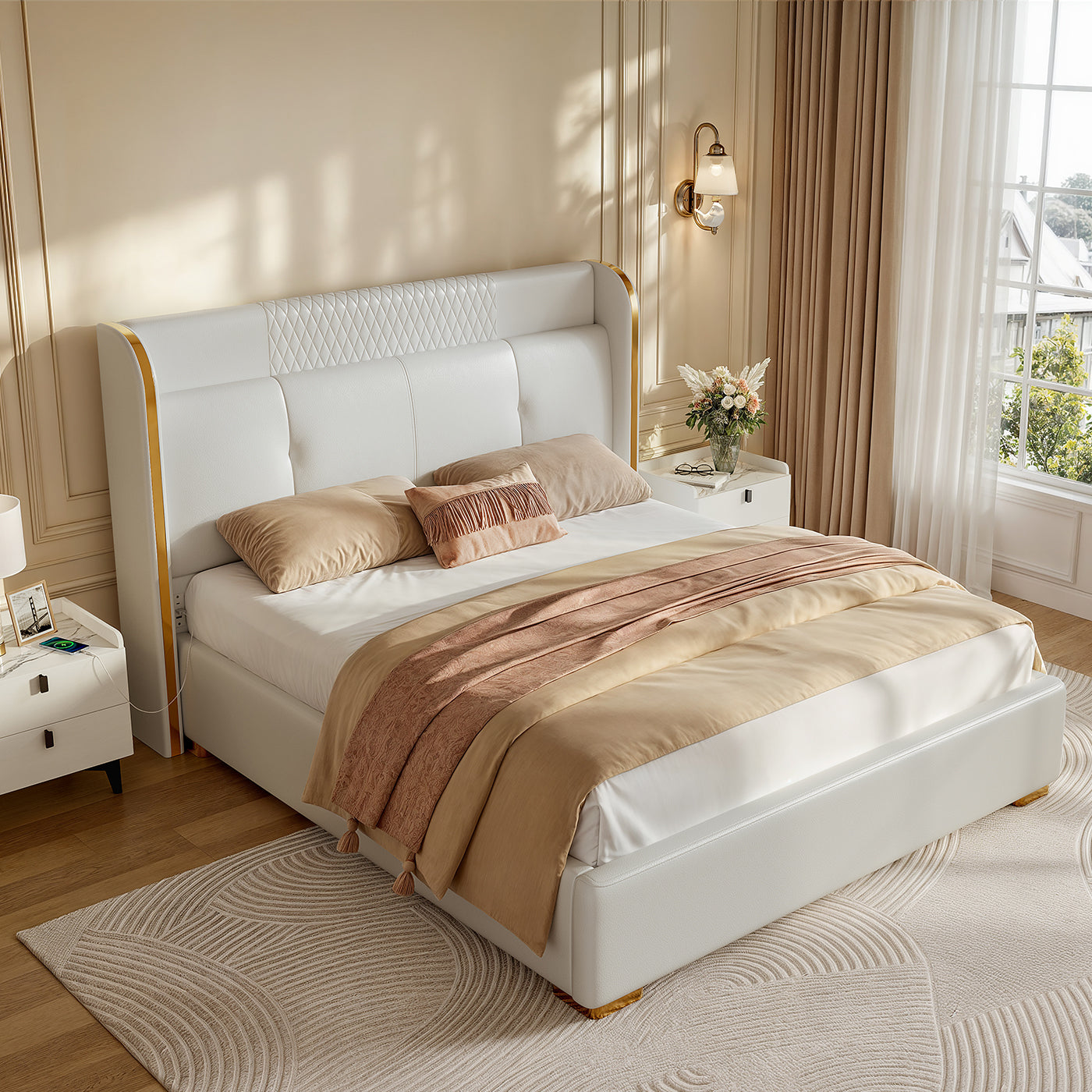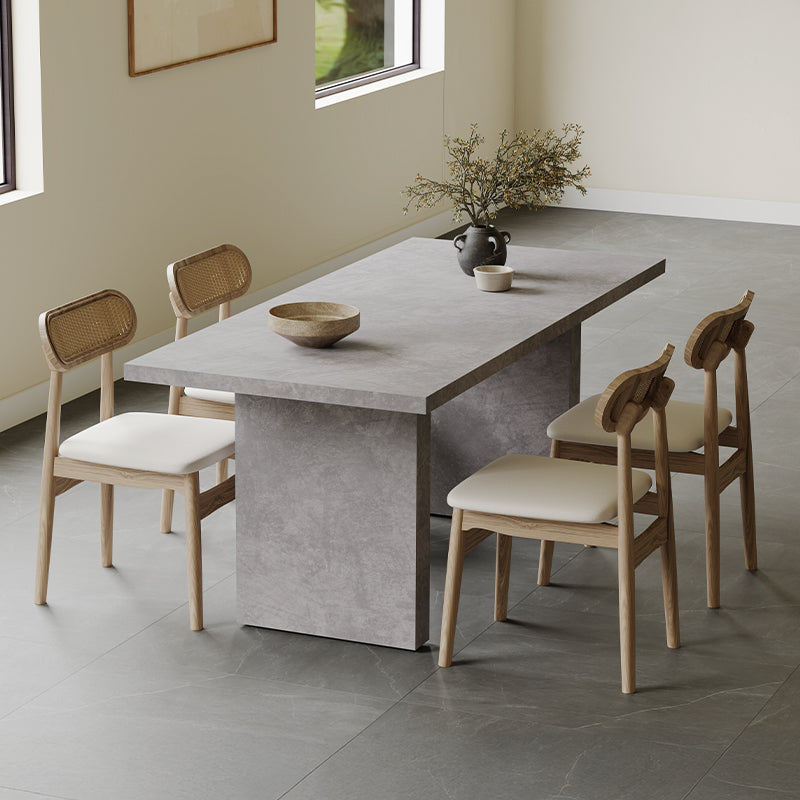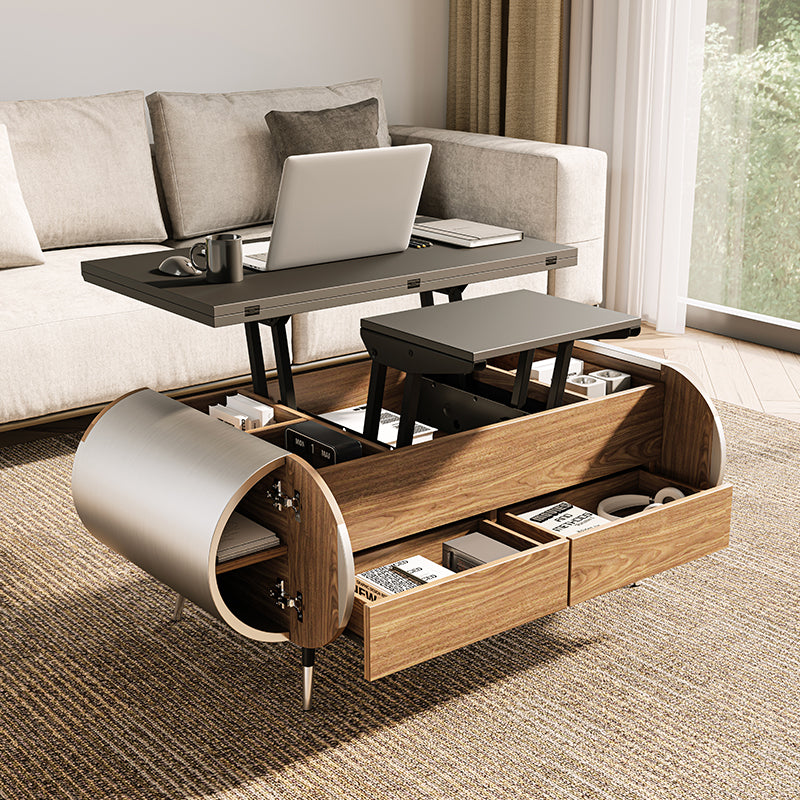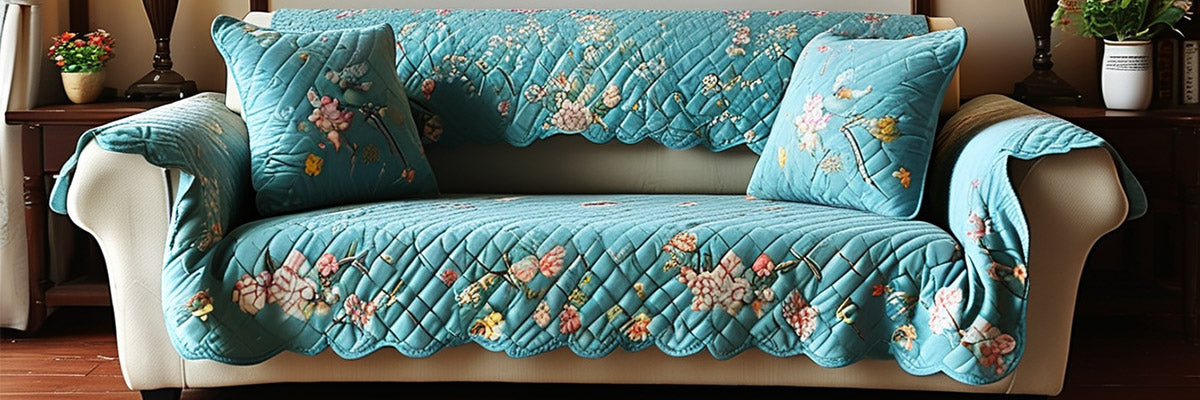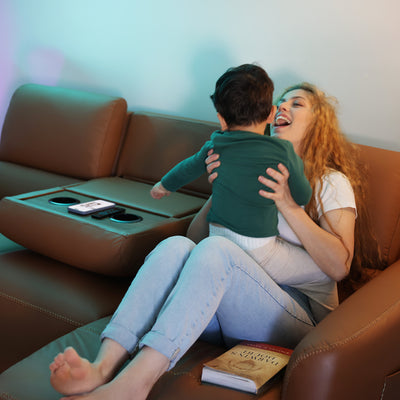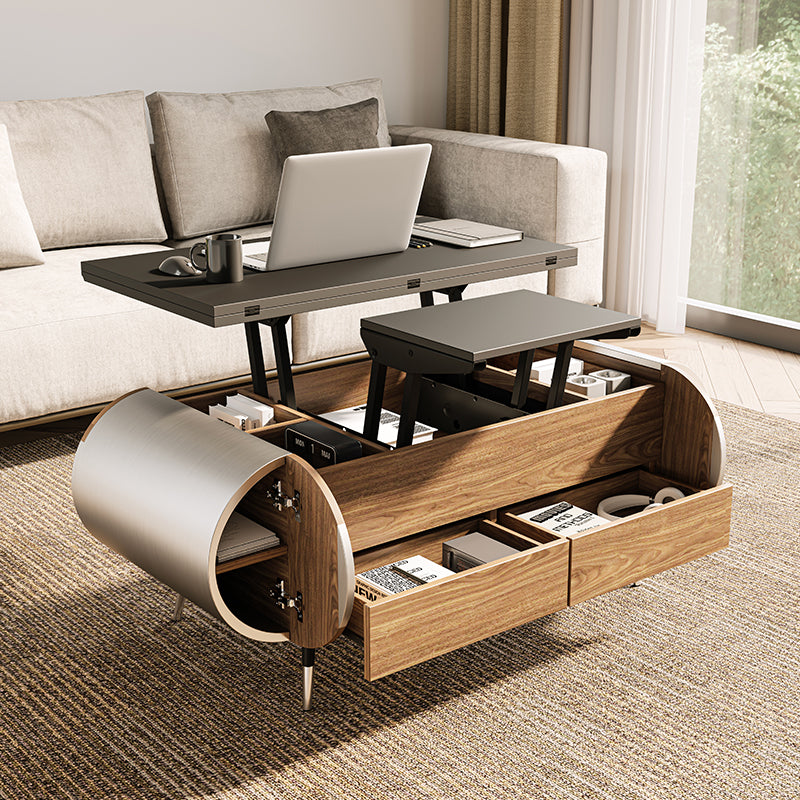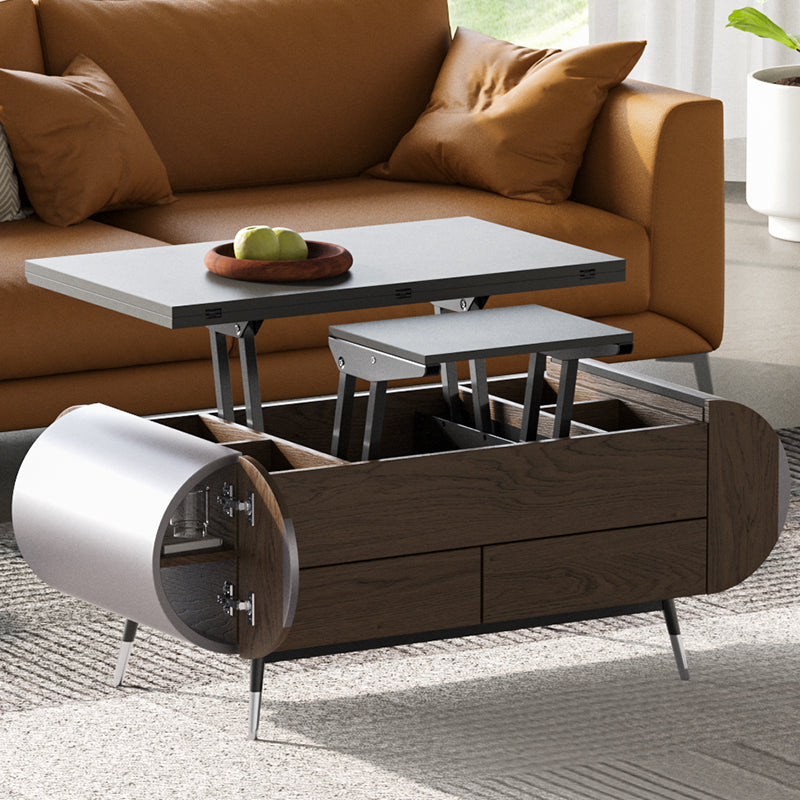Bed bugs are notorious for being small, sneaky pests that can invade your furniture, including your beloved couch. They are not just confined to beds; couches provide the perfect hiding spots with their cushions, seams, and crevices. If you suspect bed bugs in your couch or just want to stay cautious, knowing how to inspect for these pests is essential.
In this guide, we’ll show you step-by-step how to check for bed bugs in your couch and what to do if you find them.
Table of Content
1. Understand the Signs of Bed Bugs

Before you begin the inspection, it’s important to know what to look for. Bed bugs are tiny, reddish-brown insects about the size of an apple seed. They feed on blood, leaving behind evidence of their presence.
Signs to Watch For:
- Live Bed Bugs: Small, flat, oval-shaped insects that are reddish-brown in color.
- Bed Bug Eggs: Tiny, pearly white eggs about 1mm in size, often found in hidden cracks.
- Fecal Stains: Small black or dark brown spots that resemble ink marks.
- Shed Skins: Bed bugs molt as they grow, leaving behind translucent exoskeletons.
- Blood Stains: Tiny red or rust-colored stains on cushions or fabric from crushed bed bugs.
- Musty Odor: A strong, unpleasant odor may indicate a large infestation.
2. Gather Your Tools
To thoroughly inspect your couch, you’ll need a few basic tools:
- Flashlight: Essential for seeing into dark crevices.
- Magnifying Glass: Helps identify tiny eggs or nymphs.
- Thin Card or Spatula: Useful for sliding into seams or cracks to check for bugs.
Gloves: Protect your hands during the inspection.
Plastic Bag: To collect any evidence, such as bugs or eggs.
3. Start the Inspection

1. Remove Cushions and Covers
Begin by removing all cushions, pillows, and removable covers from your couch. Check each item thoroughly for signs of bed bugs. Pay special attention to seams, zippers, and folds where bed bugs may hide.
2. Check the Seams and Crevices
Using your flashlight and magnifying glass, inspect the seams, stitching, and edges of the couch. These areas are common hiding spots for bed bugs.
- Look closely at the underside of the couch fabric.
- Use a thin card or spatula to run along the seams and crevices, watching for movement or signs of bed bugs.
3. Inspect the Frame
If your couch has a wooden or metal frame, examine it for any cracks, holes, or joints where bed bugs could hide.
- Check under the couch, especially around screw holes and joints.
- Inspect any areas where the frame meets the fabric or cushions.
4. Check Nearby Areas
Bed bugs can travel between furniture, so inspect the surrounding area as well:
- Look at the floor beneath the couch.
- Inspect nearby rugs, carpets, and curtains.
- Check adjacent furniture for signs of infestation.
4. What to Do If You Find Bed Bugs
If you discover signs of bed bugs in your couch, it’s important to act quickly to prevent the infestation from spreading.
1. Isolate the Couch
- Move the couch away from walls or other furniture to prevent bed bugs from spreading.
- Place the legs of the couch in bed bug interceptors or traps to monitor activity.
2. Vacuum Thoroughly
- Use a vacuum with a crevice tool to remove bed bugs, eggs, and debris from the couch.
- Empty the vacuum bag or canister immediately into a sealed plastic bag and dispose of it outside.
3. Apply Heat Treatment
- Bed bugs cannot survive high temperatures. Use a steam cleaner to treat the couch, focusing on seams, crevices, and other hiding spots.
- Alternatively, expose the couch to direct sunlight for several hours if possible.
4. Use Bed Bug Sprays
Apply a bed bug-specific spray or insecticide to the infested areas. Be sure to follow the product instructions and ensure it’s safe for use on furniture.
5. Call a Professional
For severe infestations, contact a professional pest control service. They have the tools and expertise to completely eliminate bed bugs from your home.
5. Prevent Future Infestations
Once you’ve addressed the issue, take steps to prevent future bed bug problems:
1. Inspect Secondhand Furniture
If you purchase used furniture, inspect it thoroughly before bringing it into your home. Bed bugs often hitchhike on pre-owned couches.
2. Use Protective Covers
Invest in bed bug-proof covers for your couch cushions and pillows to reduce hiding spots.
3. Clean Regularly
Vacuum your couch and surrounding areas regularly to remove dirt, dust, and potential pests.
4. Be Cautious When Traveling
After trips, inspect your luggage and clothing for bed bugs before bringing them inside. Bed bugs often travel home with you from hotels or public transport.
6. When to Call for Professional Help
If your DIY efforts don’t fully resolve the infestation or if the problem seems to worsen, it’s time to call a professional exterminator. Pest control services can use heat treatments, fumigation, or other specialized methods to eliminate bed bugs effectively.
Conclusion
Bed bugs in a couch can be an unsettling problem, but with a thorough inspection and the right steps, you can address the issue and reclaim your living space. Regular cleaning and preventive measures will help ensure your couch remains pest-free.
By being proactive and vigilant, you can keep your home comfortable, clean, and safe from bed bugs. If you suspect an infestation, act quickly to minimize the spread and seek professional help when needed.
If you want to buy our home furniture or couch for living room, you can check out more on our store

